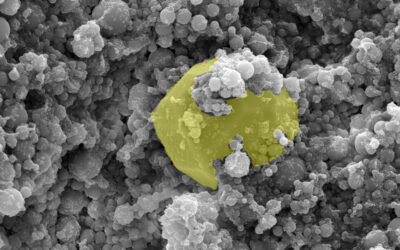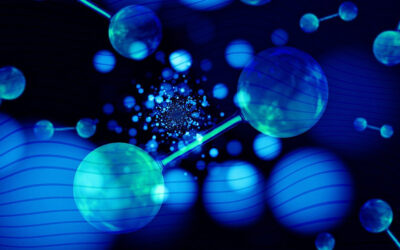Water is a powerful force of nature, forming impressive canyons and cliff sides by millennia of erosion. To convert the energy of water into electricity, mankind developed river-based water wheels in the first instance, and then hydroelectric power stations and tidal power plants thereafter. Although being very effective, all those approaches rely on requirements met only at specific locations or even require specific times (tide) or seasons (water levels). These restrictions so far have prevented personalized, decentralized use of water energy for electricity generation.
However, we regularly experience the drumming vigor inherent in strong rainfall–if we are lucky enough to be under an umbrella, a roofed patio or such. Surely one should be able to turn this into electricity. Unfortunately, the energy of a single rain drop is too small to be harvested and converted to electricity by traditional technology: the electromagnetic generators used in power plants require large amounts of water. Not even to mention the inconvenience of lugging such a device around on daily basis. Piezoelectric devices developed until now to overcome these deficiencies, are inefficient and an efficient means to use those small power surges is also lacking.
In their paper in Advanced Functional Materials, Qingliang Liao, Yue Zhang, and their co-workers from the University of Science and Technology Beijing, report a hydraulic triboelectric nanogenerator (H-TENG) that serves as an affordable, light and efficient wearable water energy harvester. To obtain a stable direct current instead of the unstable alternating current generated by the rainfall itself, the researchers integrated a fiber supercapacitor of matching impedance with the H-TENG. Amphiphobicity of the device introduce a convenient self-cleaning feature.
The device could serve as a power-generating raincoat, where showering generated electricity to drive an LED for 300 s. Toward commercial application in smart clothing and wearables, the researchers seek to increase the power density and improve the system’s stability.
Prof. Yue Zhang hopes that his work serves as an inspiration to future development of power systems for wearable electronics, intelligent homes, and the Internet-of-Things, especially utilizing water related clean power.
To learn more about this exciting means to turn mere rain into electricity and about more exciting since, please visit the Advanced Functional Materials homepage.

















